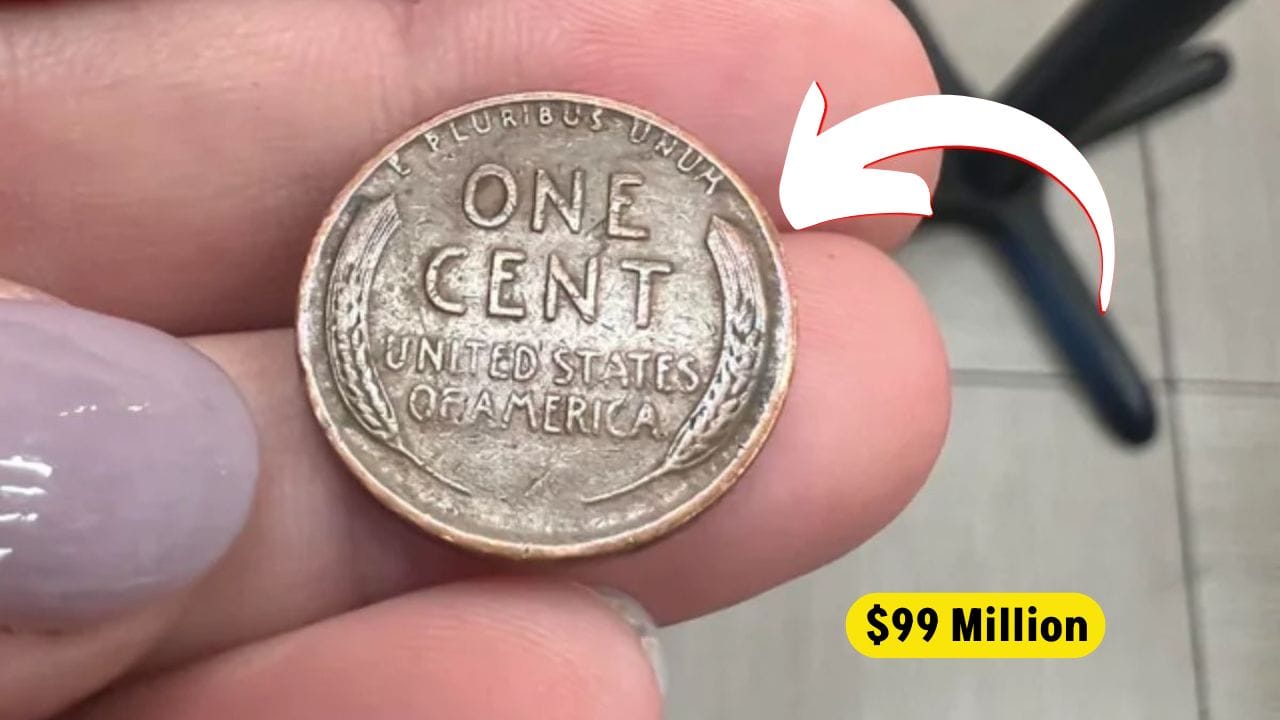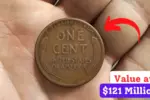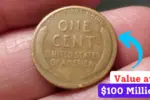The Rare Lincoln Wheat Penny Worth $99 Million : Imagine reaching into your pocket and discovering a penny worth an astonishing $99 million! It might sound like something out of a movie, but this is a real possibility with the rare Lincoln Wheat Penny. Some versions of this historic coin, still circulating today, hold immense value. In this article, we’ll explore what makes this penny so special, its rich history, and how you can identify one.
The History of the Lincoln Wheat Penny
The Lincoln Wheat Penny, also known as the Wheat Cent, was first minted in 1909 to commemorate Abraham Lincoln’s 100th birthday. It was a groundbreaking moment in U.S. coin history as it marked the first time a real person, rather than a symbolic figure, appeared on American currency. Designed by Victor David Brenner, the penny features Lincoln’s portrait on the obverse and two wheat stalks on the reverse, symbolizing growth and prosperity.
These pennies were minted until 1958, when the design was changed to feature the Lincoln Memorial. However, it’s the early versions and rare minting errors that make some of these pennies incredibly valuable today.
Why Is This Lincoln Penny Worth $99 Million?
While most Lincoln Wheat Pennies are only worth face value, a few rare specimens have fetched millions due to their unique characteristics. But why would someone pay $99 million for a penny? Here are the key reasons:
1. Extreme Rarity
The rarer a coin, the more valuable it becomes. Coins with limited production, unique metal compositions, or minting errors become highly sought after. For example, the 1943 Bronze Lincoln Wheat Penny is one of the rarest because nearly all pennies that year were made from steel due to copper shortages during World War II. Only a few bronze versions were mistakenly struck, making them incredibly valuable.
2. Unique Minting Errors
Collectors prize coins with minting mistakes, as they make each piece one of a kind. Errors such as double strikes, off-center prints, or incorrect materials can increase a penny’s worth exponentially.
3. Pristine Condition (Grading)
A coin’s condition, known as its grade, plays a crucial role in determining its value. Coins that remain in near-mint condition, with sharp details and minimal signs of wear, fetch much higher prices than those that show signs of circulation.
4. Historical Significance
Coins linked to major historical events often gain additional value. The Lincoln Wheat Penny holds a special place in American history, making it even more desirable to collectors.
The Mystery Behind the $99 Million Penny
The Lincoln Wheat Penny rumored to be worth $99 million is likely an extremely rare version with unique features, such as a 1943 bronze composition or a major minting error. While no public auction has officially confirmed this valuation, private collectors sometimes pay astronomical amounts for rare and historically significant coins.
Experts believe that if such a coin does exist, its sky-high value stems from a combination of rarity, minting errors, pristine condition, and demand from wealthy collectors.
How to Identify a Valuable Lincoln Wheat Penny
Wondering if you might have a valuable penny hiding in your change jar? Here are some key factors to look for:
- Check the Date: Valuable pennies are often from the years 1909–1958. The 1909-S VDB and the 1943 Bronze Wheat Penny are particularly valuable.
- Look for Errors: Double strikes, off-center designs, or unusual colors could indicate a rare minting error.
- Inspect the Condition: The better the condition, the higher the value. Use a magnifying glass to check for sharp details and minimal wear.
- Check the Mint Mark: Pennies with “S” (San Francisco) or “D” (Denver) mint marks, or no mint mark at all, can indicate rarity.
- Get a Professional Appraisal: If you believe you have a valuable coin, consult a professional numismatist or coin dealer for an expert evaluation.
Could You Be Holding a Fortune?
The legend of the $99 million Lincoln Wheat Penny isn’t just about one rare coin—it’s about the hidden treasures that may be out there, waiting to be found. While stumbling upon such a valuable penny is incredibly rare, millions of Wheat Pennies remain in circulation today. So, the next time you check your spare change, take a closer look—you might just be holding a fortune in your hand.





